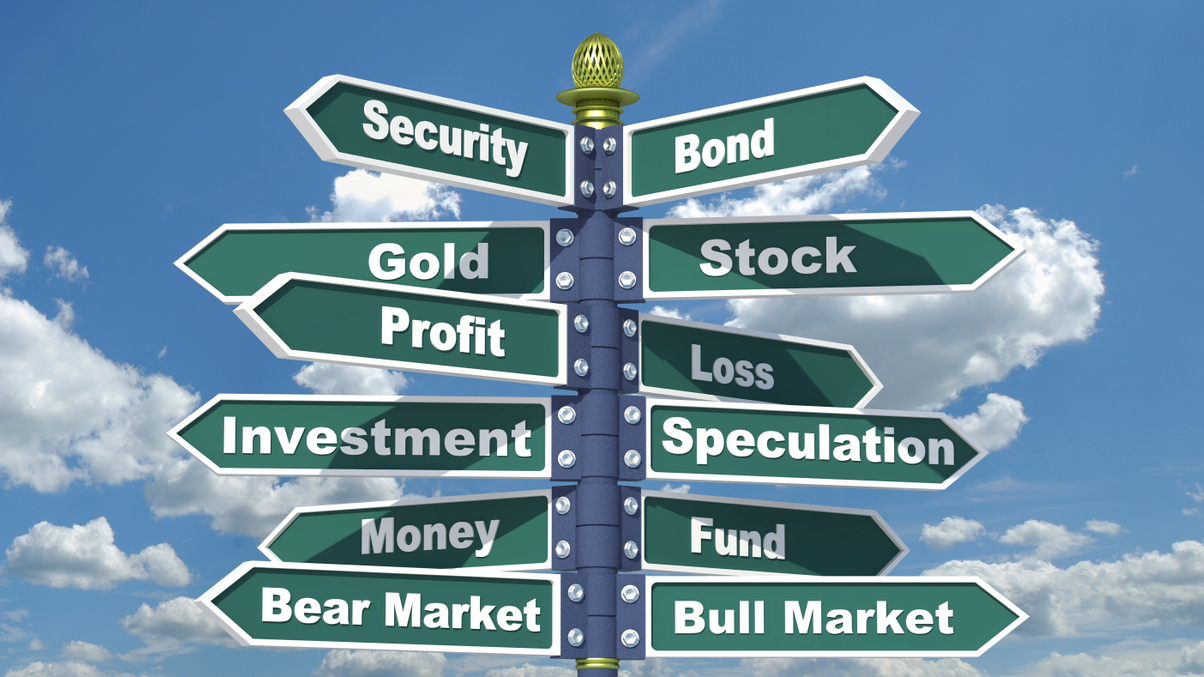Year of the Rat Outlook: The best and worst assets to buy
In our latest Year of the Rat outlook, we consider which mainstream assets will be the top performers, and which are the ones to avoid.

Every Chinese New Year, AsianInvestor makes 10 predictions about developments that will affect global financial markets and the portfolios of Asian investors, especially asset owners. These developments can focus on asset classes, geopolitical events, or structural issues surrounding particular markets.
Sign In to Your Account
Access Exclusive AsianInvestor Content!
Please sign in to your subscription to unlock full access to our premium AI resources.
Free Registration & 7-Day Trial
Register now to enjoy a 7-day free trial—no registration fees required. Click the link to get started.
Note: This free trial is a one-time offer.
¬ Haymarket Media Limited. All rights reserved.


